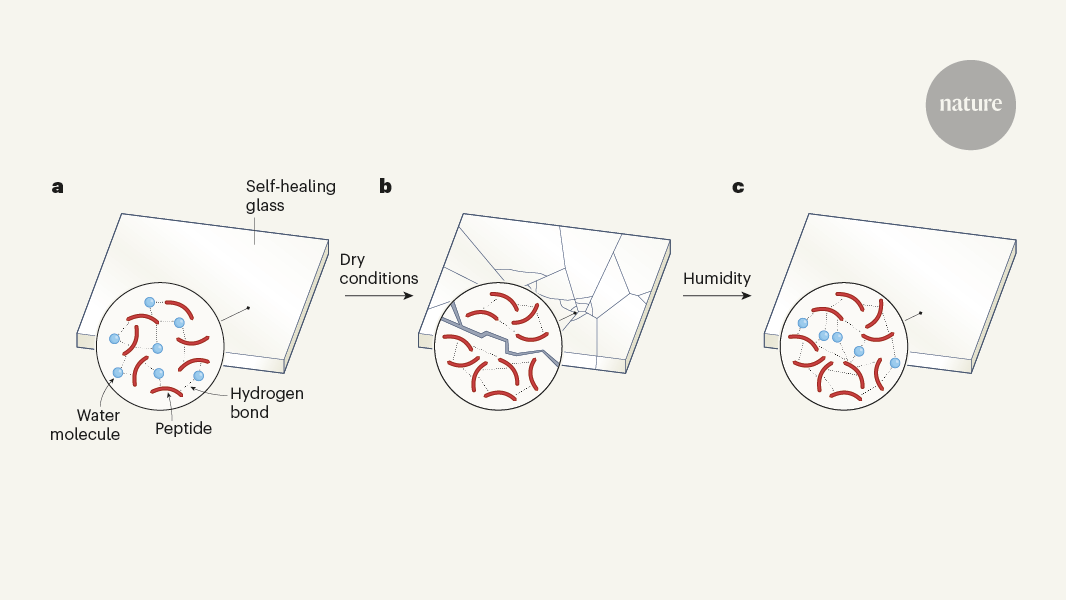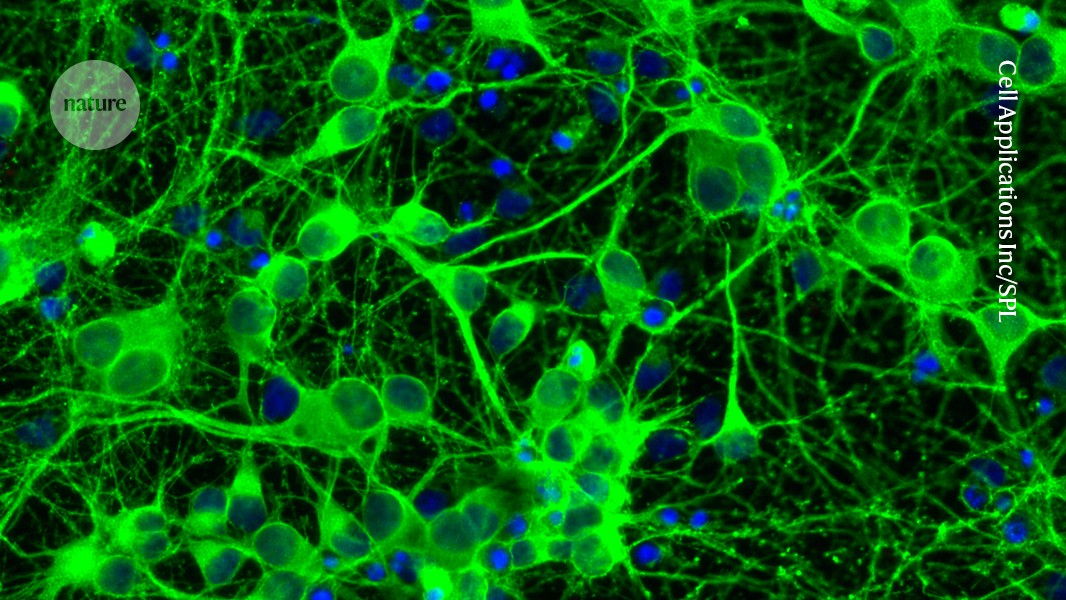- Science Simplified
- Posts
- This week in science
This week in science
Happy Wednesday morning! Thanks for joining in for another week. Check out 4 articles that caught my attention.
Enjoy! And let me know what you think by taking the polls at the bottom and/or sending me an email with your thoughts.


Think of a red apple. See it? Most people can form a picture in their mind to some extent, but the ability to form mental images varies greatly from person to person.
But why? Where do the pictures come from? What regions of the brain are involved?
The authors of this study found that the primary visual cortex, the same region involved in vision, is mainly responsible. Interestingly, while it still occurs in the visual cortex, the brain activity associated with a mental vision is noticeably different than that with literal vision.
You can read a more detailed summary in the link below.
Scientists accidentally make a clear, self-healing, and adhesive glass by mixing a simple string of 3 amino acids together with water. When exposed to a little moisture, the glass can heal itself and repair damage, such as scratches.
Sleep is critical for memory formation.
Scientists found that disrupting sleep patterns of rats led to reduced hippocampal function that wasn’t immediately recovered by “catching up on sleep”. They look at neuronal firing patterns, hippocampal sharp-wave ripples, and other sci-fi sounding neuroscience terms to explain it.
You can read a more detailed summary in the link above.
If you’ve ever had an MRI you know that it’s a giant machine that doesn’t move at all. Regardless of if you need your head, stomach, or toe scanned the machine stays the same. While modern MRIs are effective, they aren’t flexible. Sometimes using a giant MRI machine to scan a finger isn’t the most effective thing going.
In this paper, the authors design, create, and test a flexible MRI system capable of matching the resolution achieved by commercial MRIs.

Figure 1 of the referenced paper. Showing body part specific applications of their flexible MRI coils. Credit: K. Wu, X. Zhang, Sci. Adv., 2024.


See you next week for more science,
Neil


If you liked this post and want to keep getting cool science delivered to you, sign up for free:


Reply